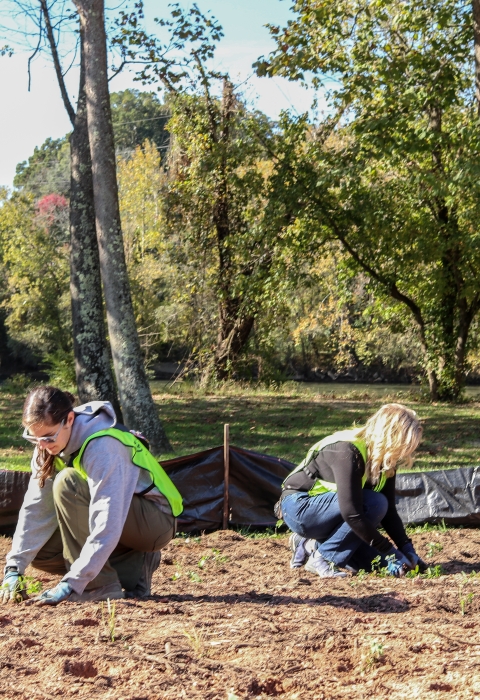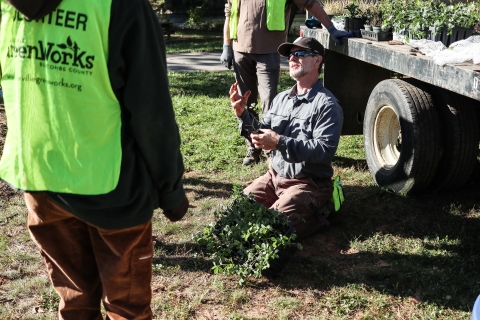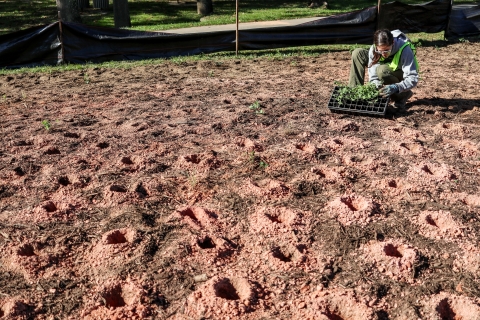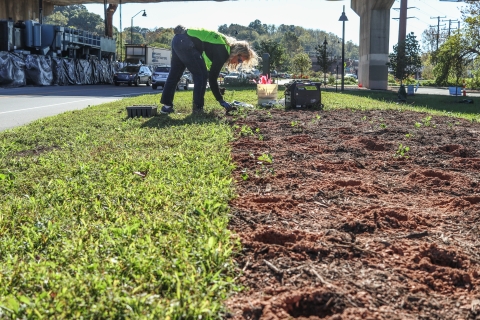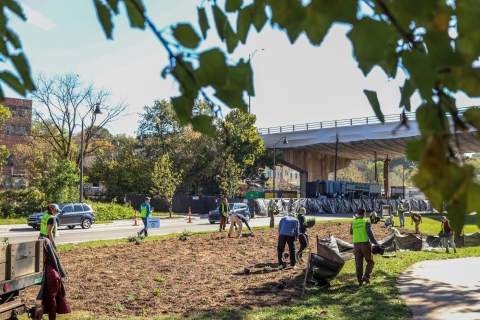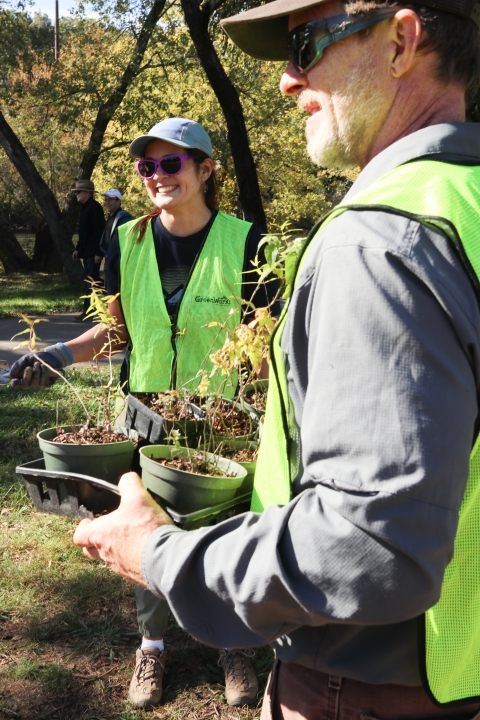Today it’s called the River Arts District, running along the French Broad River through Asheville, North Carolina. There are craft breweries, taco and barbeque joints, and places where you can order your raw oysters based on where they grew up.
It wasn’t always so genteel, having been home to steel fabrication, leather tanning, concrete block manufacturing, meat packing, and denim and flannel production. Across the river, land that once played host to a livestock auction and auto junkyard descended into a brownfield and has since been overhauled and built out into New Belgium Brewing’s east coast facility.
It was an industrial corridor, and the river suffered for it.
The artists started arriving in the 1980s, beginning a narrative played out in urban areas across the nation. Industry starts moving out, artists start moving in – drawn by ample space and cheap rents. Artists are followed by people who hang out with artists, then come art buyers, then a hip coffee shops…before you know it, someone is building loft apartments. Even the district’s fringe, not too long ago the domain of graffiti artists and underground skateboarders has been enveloped with legitimacy as graffiti artists ply their craft by invitation, and parents teach their kids skateboarding at the DIY outdoor skate park.
The city of Asheville left its infrastructure mark earlier this year, with completion of an X-mile greenway along the river, complete with a walking path, biking path, even the occasional swing. This compliments the boat dock installed by the North Carolina Wildlife Resources Commission a few years back.
The rejuvenation has been felt by wildlife as well. The endangered Appalachian elktoe mussel is making a return to the French Broad River. Recent work by Indiana State University researchers have revealed the river corridor to be vitally important – for roosting, foraging, and migrating, for North Carolina’s endangered gray bats, which were only sporadic to the area just twenty years ago.
However, one class of animals has not enjoyed that uptick. Recent years have seen the rusty-patched bumble bee become the first bumble bee in the lower 48 states to be placed on the federal threatened and endangered species list. The monarch butterfly warrants placement on that same list, and the American bumble bee is being considered for inclusion. All three of these species occur, or once occurred, in western North Carolina.
Bryan Tompkins of the Service’s Asheville Field Office has been a champion of pollinator conservation in the area, for leading the effort to overhaul the landscaping at his own office building, to working with solar companies to incorporate pollinator-friendly plants at their solar farms. Tompkins worked closely with local NGO Asheville Greenworks to install a pollinator garden along the city’s new greenway, just a stone’s throw from the French Broad River. Service and Greenworks staff were joined by volunteers from James Madison University, Equinox Environmental consulting, and Pine Gale Renewables on a fall Saturday morning to put 2,000 pollinator-friendly plants in the ground.
